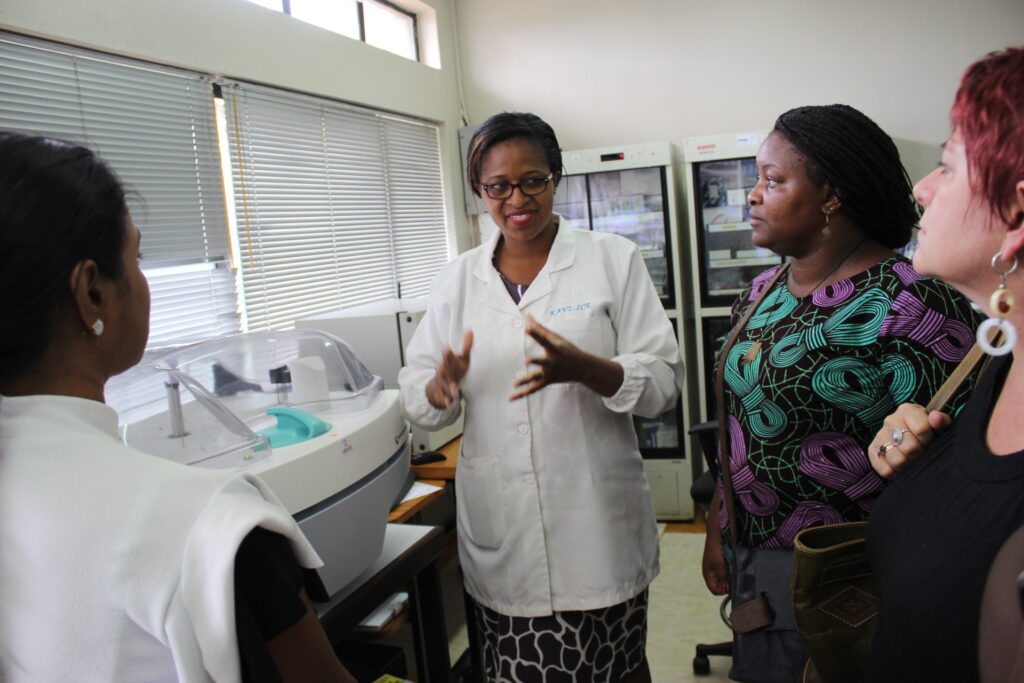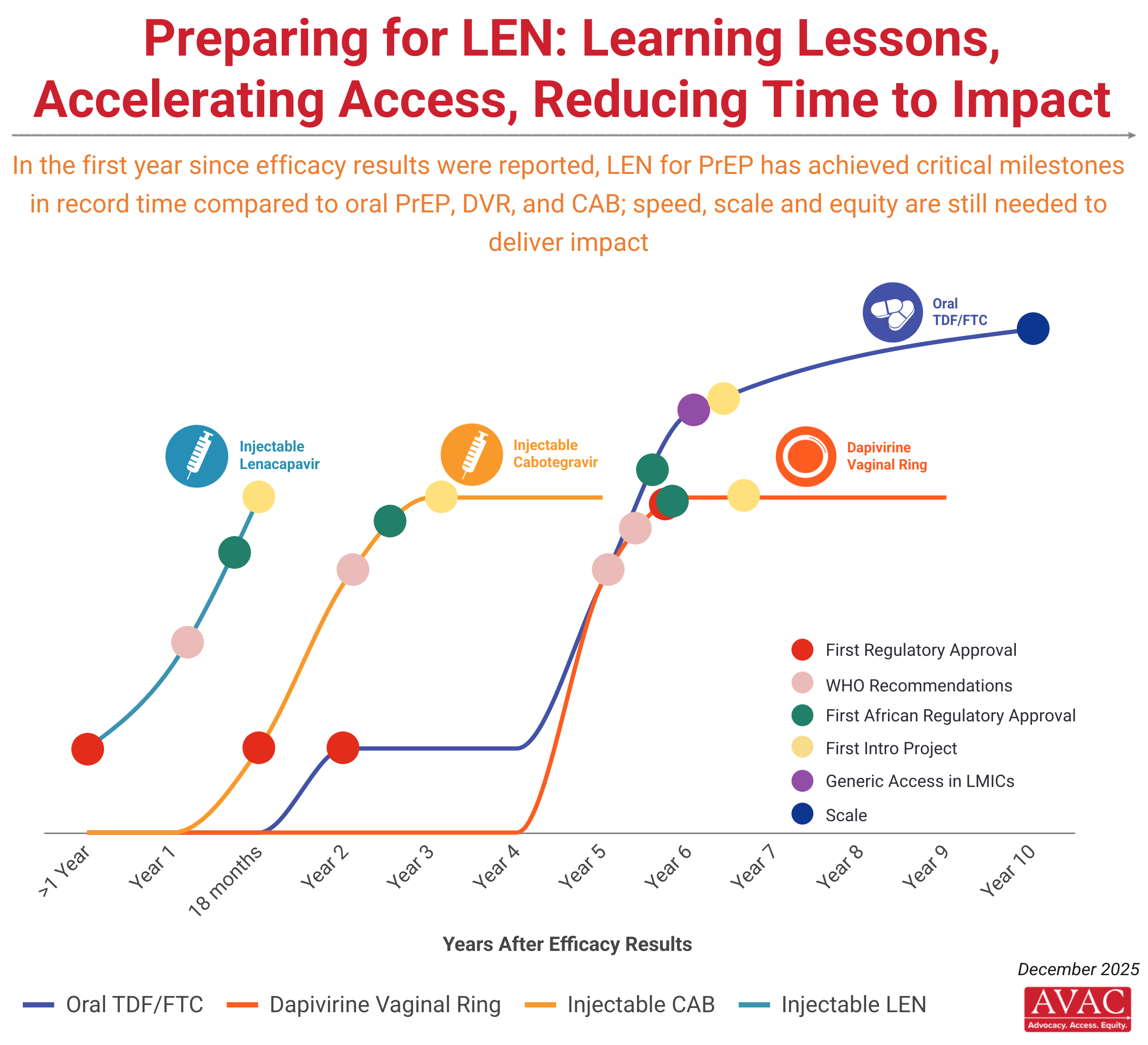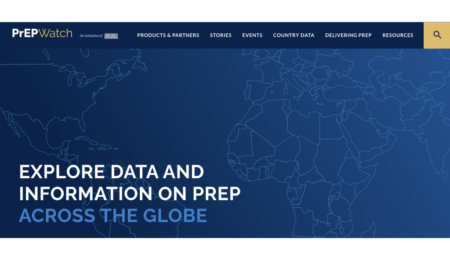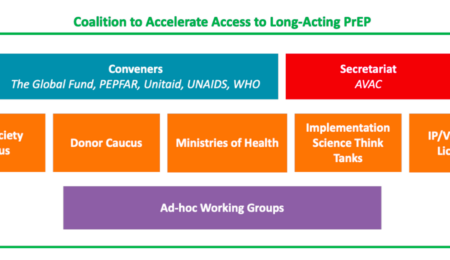infographic
HIV Prevention Product Overview
The graphic provides an overview of PrEP products currently available and in late-stage clinical trials.
Improving how prevention is delivered

Once approved, interventions typically become widely available in wealthy countries within a few years time. But scaling up new options in lower and middle-income countries lags for years, even decades, with devastating effects on global health, individual lives, and the global effort to end the epidemic.
AVAC’s work supports:
infographic
The graphic provides an overview of PrEP products currently available and in late-stage clinical trials.
report
Getting PrEP Rollout Right This Time: Lessons from the Field examines key insights from the rollout of oral PrEP and early introduction of injectable CAB and the dapivirine vaginal ring to inform a faster, smarter and more equitable introduction of future HIV prevention tools, including long-acting injectable PrEP, such as lenacapavir.
presentation
AVAC’s analysis of the impact of US Government funding cuts, terminated projects, and other policy changes on the HIV prevention research and development (R&D) pipeline, and on HIV research broadly.

In the first year since efficacy results were reported, LEN for PrEP has achieved critical milestones in record time compared to oral PrEP, the dapivirine vaginal ring, and injectable cabotegravir. Speed, scale, and equity are still needed to deliver impact.

Integrating PrEP and contraception in a single pill to expand choices.

A one-stop online clearinghouse for resources and information to help the global community effectively deliver proven methods of PrEP to everyone who needs it.

Overcoming access challenges to new PrEP options.
Featured speaker Jeanne Marrazzo, former Director of the National Institute of Allergy and Infectious Diseases and AVAC board member, will cover with us what the People’s Research Agenda tracks, why it matters, and the advocacy priorities that will shape the future of prevention R&D.
We explored what has been happening in terms of HIV cure research in Africa, and discussed opportunities to support more Africa-focused HIV cure research.
The pipeline of non-vaccine HIV prevention products includes oral pills, vaginal rings, vaginal and rectal gels, vaginal films, long-acting injectable antiretrovirals and more. Also pictured are the range of MPTs in development that aim to reduce the risk of HIV and STIs and/or provide effective contraception for women.